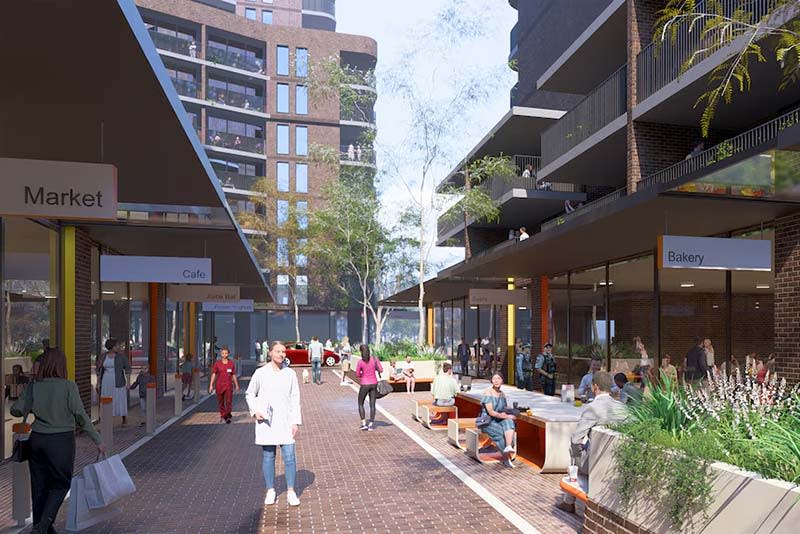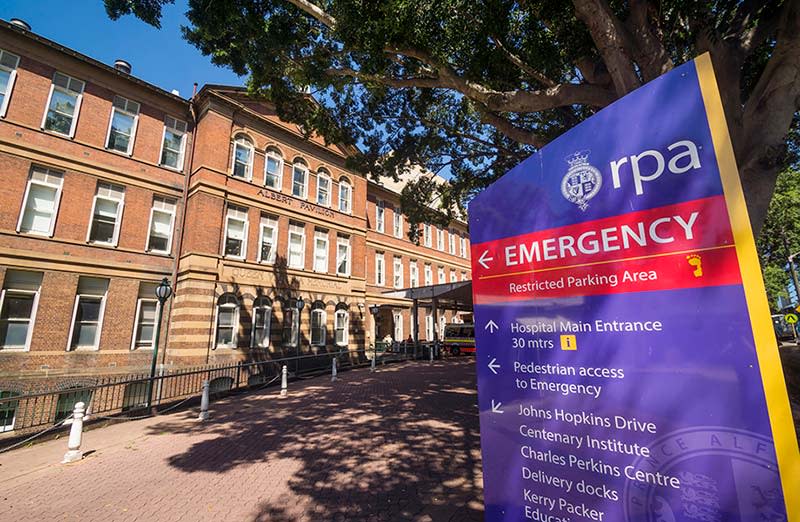Resources
Newsletter
Stay up to date and with the latest news, projects, deals and features.
Subscribe
A former WestConnex tunnel works area in Sydney’s Inner West will become home to 500 new apartments, including 200 subsidised rental units for essential workers under the state government’s first major build-to-rent development.
The Camperdown development is to be funded through the state’s $450-million essential worker housing program.
The project is a major change from the government’s initial plans for the site—in July of 2024 it proposed “over 100 homes” to be delivered in partnership with the private sector.
Now, government developer Landcom will manage the project, retaining ownership of the build-to-rent component, while incorporating private residential units and commercial spaces.
The development is part of the state’s commitment to deliver 30,000 well-located homes over four years, including 8400 public homes.
Property Council NSW executive director Katie Stevenson said the announcement showed leadership in addressing Sydney’s housing crisis.
“This is a strong and positive step forward, with the project to include a welcome mix of build-to-rent, affordable housing and market housing,” Stevenson said.
The development is to comprise at least 200 build-to-rent units offered at below-market rates to essential workers, including health workers, paramedics, teachers, police officers and firefighters.
Another 300 units would be split between private ownership and affordable rental housing, alongside ground-floor retail or commercial spaces.

The site, on Parramatta Road at Camperdown, is 12km west of the Sydney CBD and was identified through the state’s audit of surplus government land.
Its proximity to Royal Prince Alfred Hospital, several public schools, transport links and health facilities—including a proposed $585-million healthcare hub—has been highlighted as crucial for the target resident demographic.
Committee for Sydney chief executive Eamon Waterford said the location choice was “the kind of bold, strategic approach we need to see more of—using public land to deliver real public benefit, rather than selling it off to the highest bidder”.
Planning minister Paul Scully said the development would transform unused government land while rejuvenating a key section of the Parramatta Road corridor.
Inner West Mayor Darcy Byrne lauded the project’s location, saying “for years people have talked about the Parramatta Road corridor as being an ideal location for higher density housing, this project will actually make that happen”.
The project is part of a plan to deliver more than 400 build-to-rent homes specifically for essential workers in metropolitan Sydney.
The Property Council’s Beyond Reach report, released in November, highlighted how housing costs were forcing essential workers away from their workplaces. Stevenson said then the build-to-rent model could provide a solution.
“Build-to-rent is a proven model overseas and is gaining traction in Australia as a way to create well-designed, well-located rental options for residents,” she said.

However, Local Government NSW president Phyllis Miller said councils faced challenges implementing affordable housing schemes.
Miller said the “planning system could deliver much-needed affordable rental housing in perpetuity in well-located areas through the NSW Government’s framework for affordable housing contribution schemes” but the current approval process remained “challenging and lengthy”.
The government will maintain of the build-to-rent housing component, with eligibility criteria and rental subsidy details to be finalised closer to completion.
Landcom will be investigating additional sites beyond this one and is planning to start construction this year on 110 build-to-rent units in NSW’s Northern Rivers and South Coast regions.
The government developer has also made public a 15-year plan to build a town with more than 3900 homes 15km from Campbelltown, known as Glenfield Precinct.
It’s also partnered with the NSW Government to deliver 135 affordable units with a pair of 14-storey towers in Sydney’s north-west.
Construction at Camperdown is expected to begin in 2026, subject to approvals, with the first residents anticipated to move in around 2028. The development process will include community consultation on design aspects.